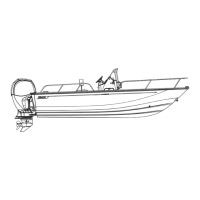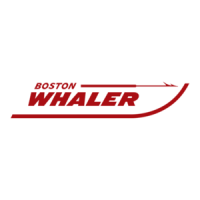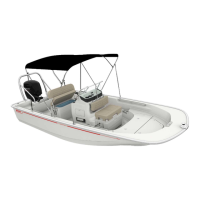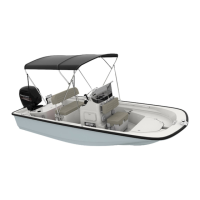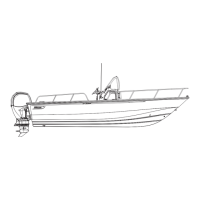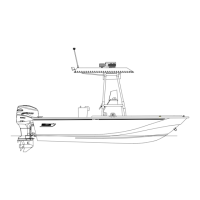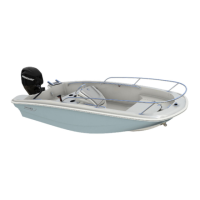1-5
190 Montauk
Section 1 • Safety
R
Even strong swimmers can tire quickly in the water
and drown due to exhaustion, hypothermia, or both.
The bouyancy provided by a personal flotation device
(PFD) will allow the person who has fallen overboard
to remain afloat with far less effort and body heat
loss, extending survival time necessary to find and
retrieve them.
One (1) Coast Guard approved PFD, Type I, II or
III for each person aboard or being towed on water
skis, tubes, etc.
The law requires that PFDs must be readily
accessible, if not worn. “Readily Accessible” means
removed from storage bags and unbuckled.
Lifesaving Equipment
PFD Requirement
To minimize the danger of Carbon Monoxide
accumulation when the Engine is running (or by use
of fuel burning equipment.):
• Be sure to have sufficient ventilation when
using canvas tops or enclosures when anchored,
moored or docked.
• Operate all fuel burning appliances, such as
charcoal, propane, LPG, CNG or alcohol
cooking devices in areas where fresh air can
circulate.
• Do not idle the engine without moving the boat
for more than 15 minutes at a time.
• Inspect the exhaust system regularly.
!
DANGER
Even in rainy cold weather, ventilation must be
maintained to avoid Carbon Monoxide poisoning.
You will get wet and/or cold.
Children and non-swimmers MUST wear PFDs
at all times when aboard.
NOTICE
PFD Classifications
Listed below are the several different types of PFDs,
each life jacket has different purposes, choose one
that will suit your purpose.
Type I, Off-shore Life Jacket is
considered the most bouyant, it
is designed to turn an uncon-
scious person face up. Use in all
types of waters where rescue may
be slow, particularly in cold or
rough water conditions.
Type II, Near-shore Life Vest,
“keyhole” vest with flotation
filled head and neck support is
also designed to turn a person
face up, but the turning action is
not as pronounced. Use in calm
inland waters or where quick res-
cue is likely.
Type III, Flotation-aid Life vest
is designed so that conscious
wearers can turn face-up. Often
designed for comfort while
engaged in water skiing or other
forms of water activities.
Type IV, Throwable Devices,
horseshoe bouys, ring bouys and
bouyant cushions are designed to
be grasped, not worn.
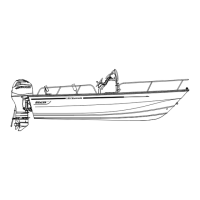
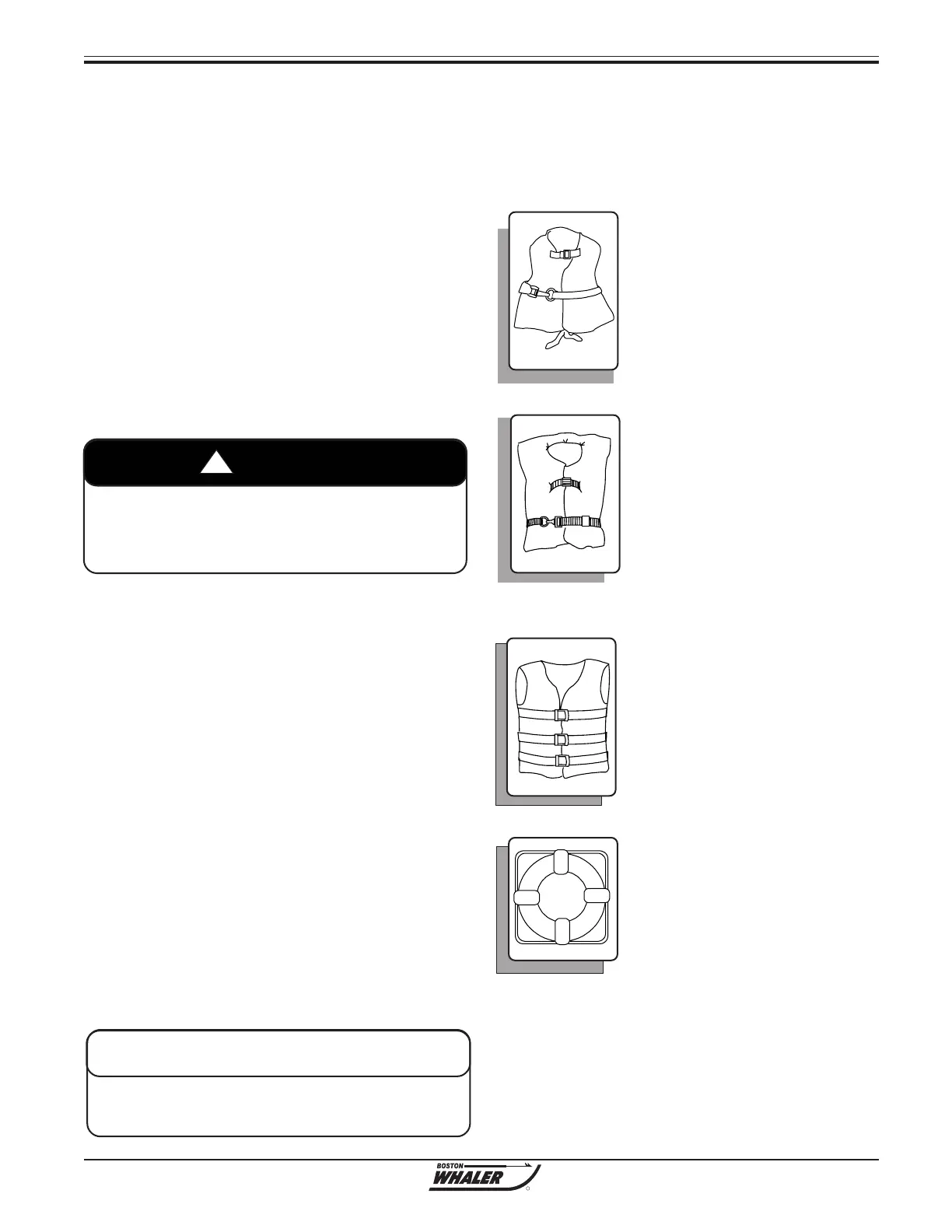